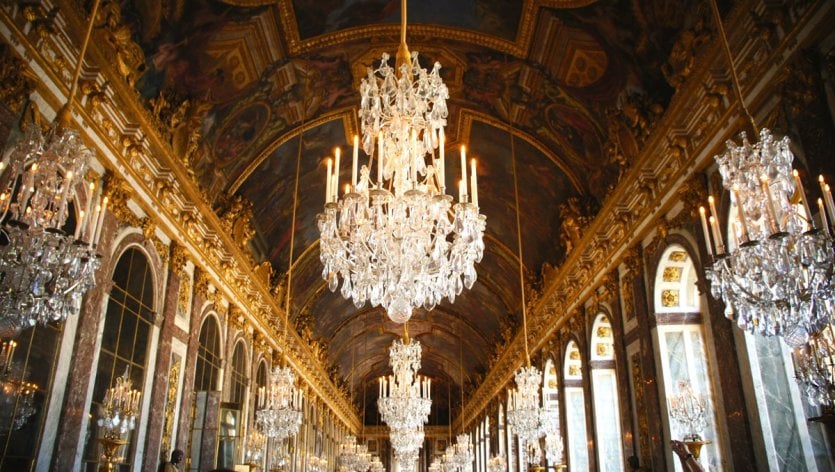
Over the centuries, noble and great monarchs have built splendid and often exaggerated homes, to the image of their power… Worthy of the best fairy tales, these residences are now dreaming small and large by their delirious architecture, sumptuous ornaments and their history. To get your eyes right, Petit Smart offers you its selection of the world's finest castles and palaces. What is the people asking for?
N°10 - Bran Castle and the Soul of Dracula
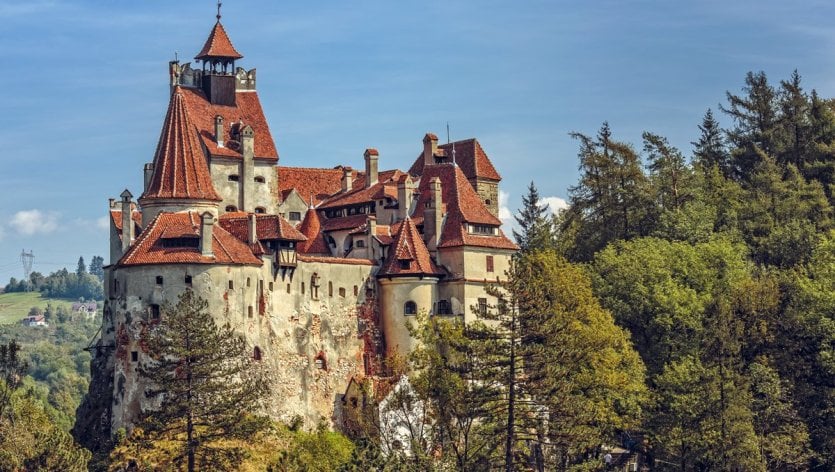
At the entrance to the Bran-Rucăr pass, in the Carpathian mountains, is one of the most visited monuments in Romania. Between myths and legends, Bran Castle attracts many travellers every year to follow in the footsteps of the most famous vampire: Dracula. Count Vlad Ţepeş, from whom Bram Stocker is said to have drawn inspiration for his legendary book, is said to have lived in Bran Castle for a few years. Built on a rock, this 14th century residence is now the property of the Habsburgs as it was before their empire collapsed in 1918.
No. 9 - Windsor, welcome to the queen's house!
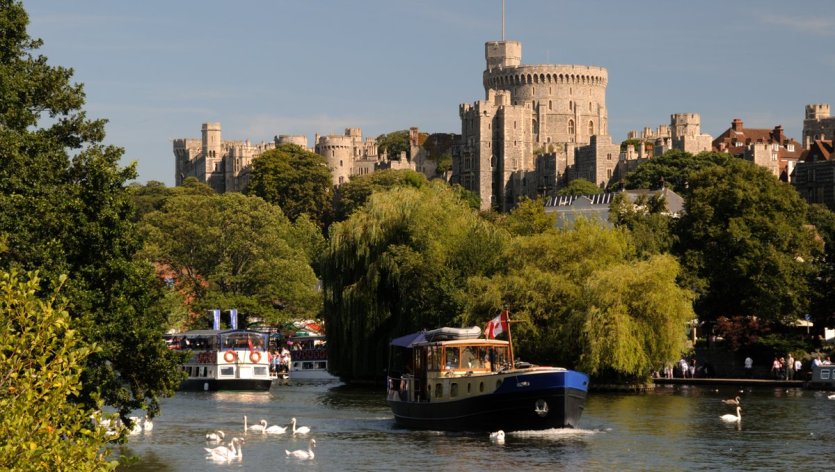
Windsor is the largest surviving castle in the world, one of three official residences of Queen Elizabeth II. Built in the 11th century, after William the Conqueror conquered England, Windsor is home to a royal palace and a splendid chapel where ten sovereigns are buried. The apartments are decorated with notable works of art: there are paintings by Rembrandt, Rubens or Canaletto. In another genre, don't miss Queen Mary's famous doll's house designed by the greatest craftsmen in the 1930s!
No. 8 - Neuschwanstein, a true fairytale
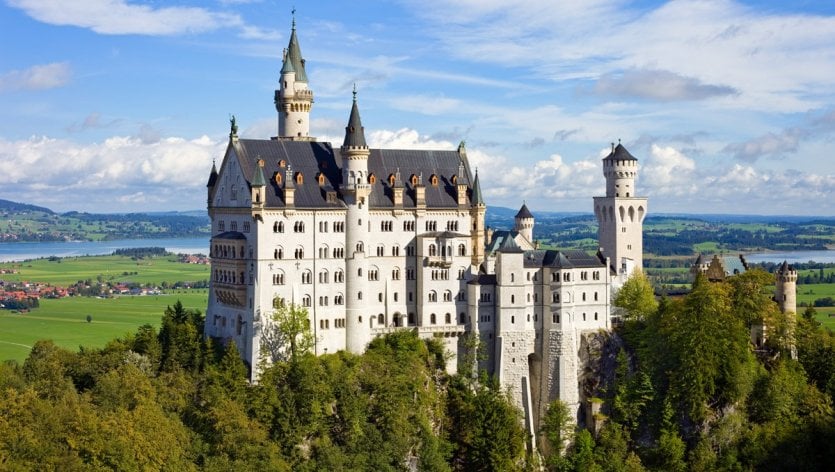
Perched atop a rocky spur, Germany's Neuschwanstein Castle is one of the most visited in Europe. King Ludwig II of Bavaria had it built between 1869 and 1886 as a sacred and protective place dedicated entirely to the genius of the composer Wagner, whom he admired so much. Its architecture was inspired by the neo-Gothic style of the Château de Pierrefonds and the medieval style of the German Wartburg... A splendid result!
N° 7 - Topkapi Palace and its oriental charm
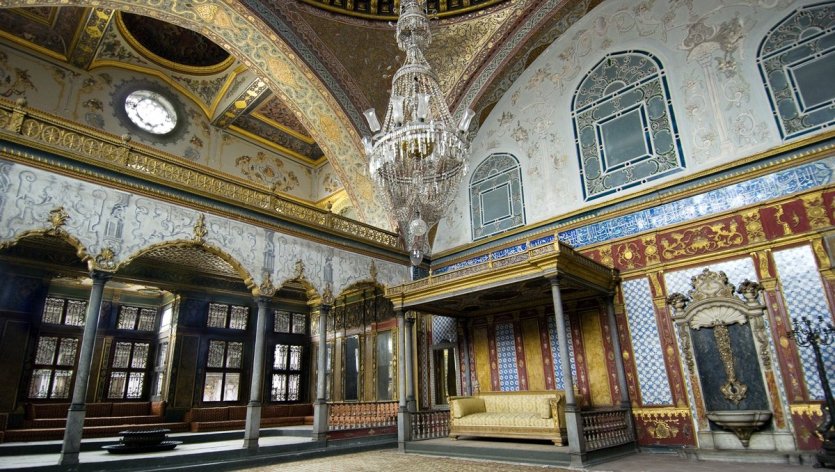
The official residence of the Ottoman sultan between 1465 and 1853, the Topkapi Palace is one of Istanbul's most emblematic landmarks. A veritable "city within a city", it extends over 70 hectares and includes courtyards, gardens, private apartments and pavilions. Its collections of Islamic calligraphic manuscripts and wall paintings are as flamboyant as the palace itself. Ottoman treasures and jewelry are also on permanent display.
No. 6 - Bangkok's Grand Palace, grandeur and spirituality
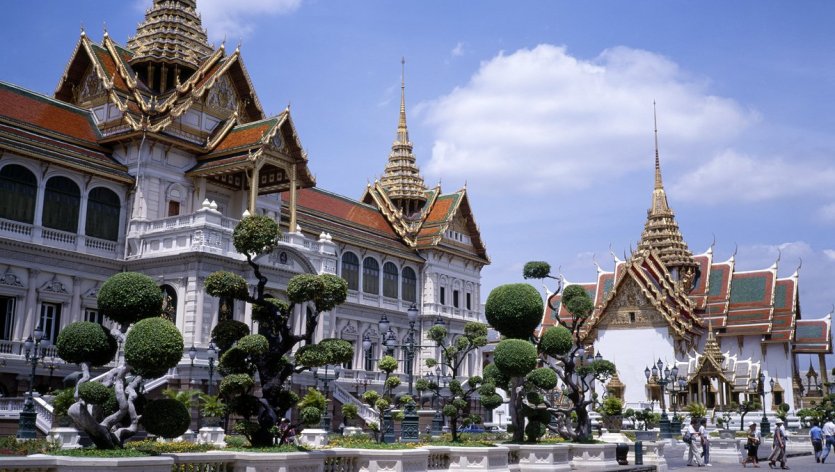
Bangkok'sGrand Palace is certainly the most impressive and respected landmark in Thailand. Built between 1876 and 1882 during the reign of King Chulalongkorn, it houses the royal residence - a small part of which is open to the public - government offices and, right next door, the famous temple of the revered Emerald Buddha: Wat Phra Kaew. A must-see!
N°5 - Palácio nacional da Pena, the pearl of Sintra
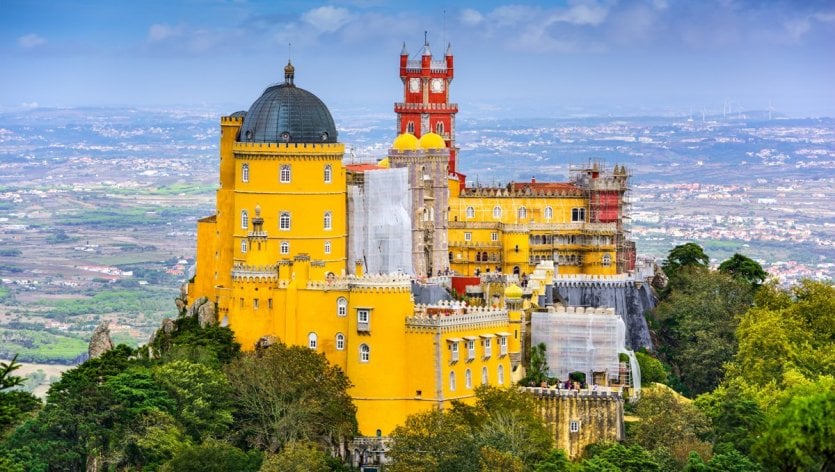
On one of the peaks of the Serra de Sintra stands the flamboyant Palácio da Pena. Straight out of a fairy tale, it was built in the mid-19th century to the wishes of Ferdinand II. With its yellow and red hues and eclectic neo-Moorish and neo-Manueline architecture, it bears witness to the 19th century's fascination with exotic Orientalism. The chapel and cloister, adorned with azulejos, are breathtakingly beautiful...
N° 4 - The Forbidden City, an imperial legacy
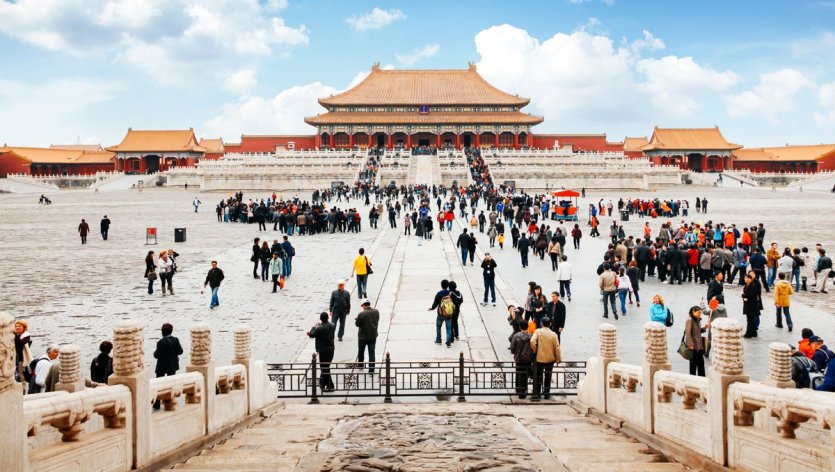
The only imperial palace still visible, the Forbidden City is one of the most beautiful legacies of ancient China. Built between 1406 and 1420, when the country's capital became Beijing, it covers more than 74 hectares! Completely cut off from the outside world until 1924, when the last of the 24 emperors who lived there was expelled, the Forbidden City is now a gigantic museum, the quintessence of Chinese art and culture.
No. 3 - Peterhof Palace, Russia's Versailles
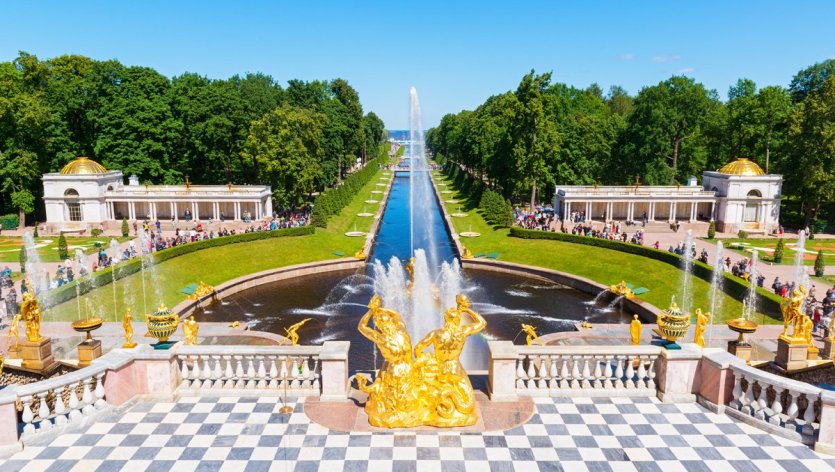
Built at the request of Tsar Peter the Great, who was captivated by the grandeur of Versailles after a trip to France, Peterhof Palace is located just a few kilometers from St. Petersburg. Its ochre and white facade stretches for more than 260 m, in the heart of a splendid wooded park. Its grand cascade, inspired by that of the Château de Marly, designed by Louis XIV, cascades into the Gulf of Finland. It is decorated with 200 sculptures and some sixty water jets. A splendid palace that follows in the footsteps of the famous Duchess Anastasia..
N°2 - Versailles, the splendor of the Sun King
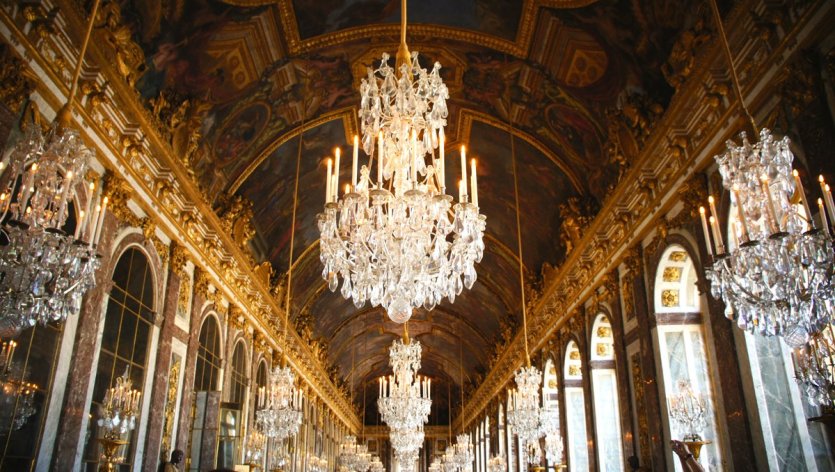
Often imitated but never equalled, Versailles is the largest château in the world. How can you fail to marvel at its 67,000m2 and 700 rooms? The residence of kings Louis XIV, Louis XV and Louis XVI, Versailles was a simple hunting lodge under Louis XIII. While the Hall of Mirrors is the palace's star attraction, Le Nôtre's remarkably landscaped gardens are a sight to behold. More than a château, Versailles is the testimony of an era. It is the third most visited site in France.
No. 1 - Schönbrunn Palace, home of Sissi the Empress
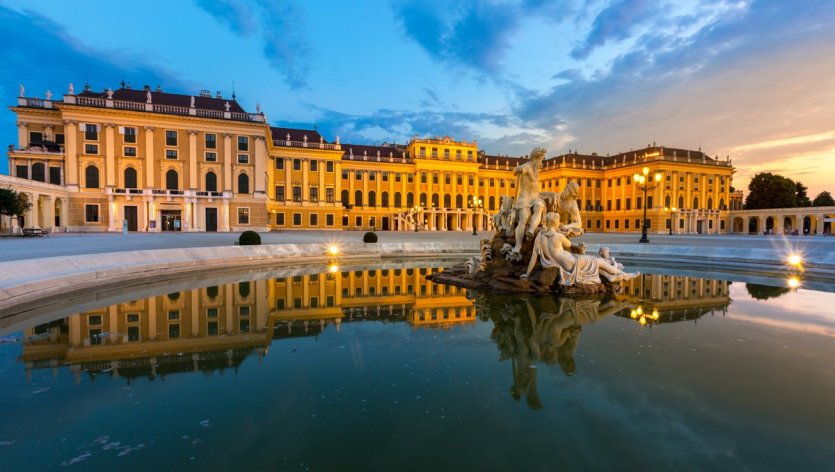
A treasure trove of Baroque architecture, Schönbrunn Palace is one of Vienna's most visited sights. It owes its name to Emperor Matthias, who, during a hunting expedition, is said to have discovered a beautiful spring here - schöner Brunnen in German. Built in the 16th century, Schönbrunn is historically linked to the Hasbourg dynasty. A tour of the apartments reveals many reminders of the wife of Franz Joseph I of Austria: Princess Sissi.


